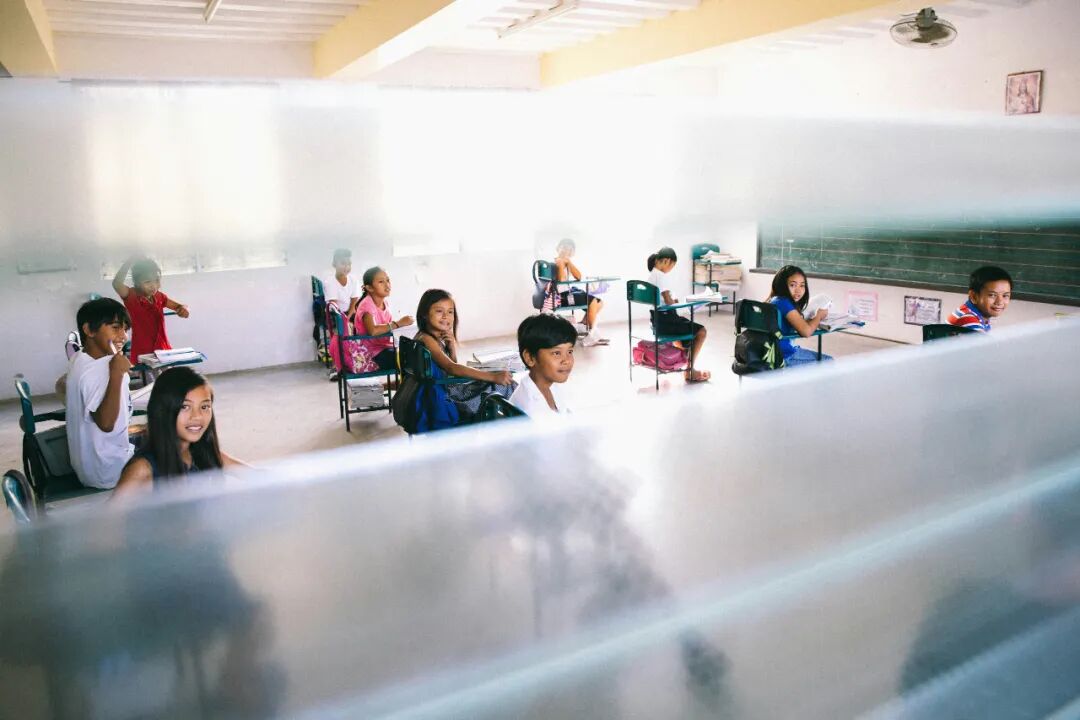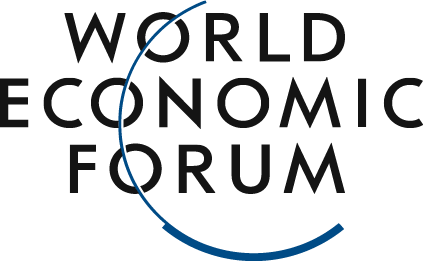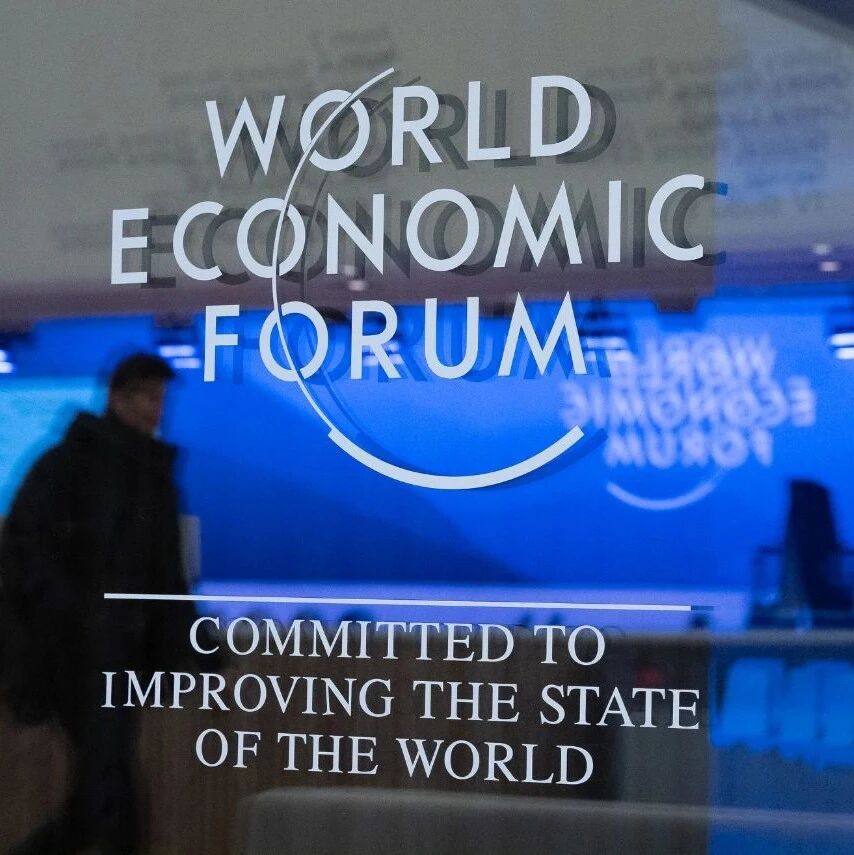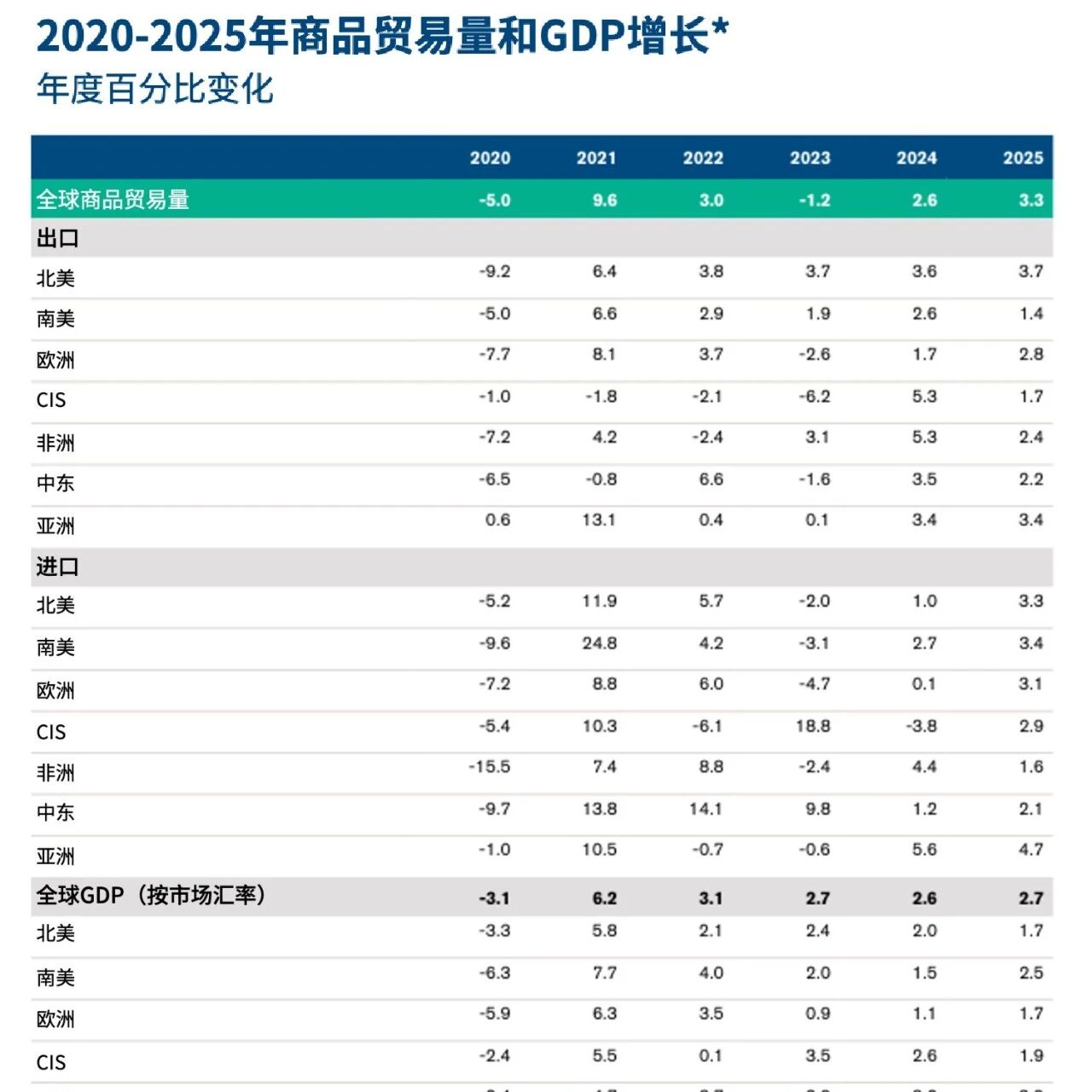Home/News/Over 250 million school-aged children worldwide are out of school—we must urgently drive educational reform./
Over 250 million school-aged children worldwide are out of school—we must urgently drive educational reform.
2025-03-23
:Unsplash/Avel Chuklanov
•
•
2.5,
The global teacher shortage reaches 44 million, and one-third of the population lacks internet access—both issues are hindering educational progress.
We must prioritize education to build an inclusive, sustainable future.
Currently, more than 250 million school-aged children worldwide are out of school. Yet the pace at which this number is declining is far outpaced by the rapid escalation of multiple crises—crises that trap children in cycles of despair, violence, and hopelessness. In high-income countries, only 3% of children are out of school, whereas in low-income nations, this figure soars to as high as 33%. It’s estimated that around $100 billion annually would be needed to turn the tide in the world’s 79 poorest countries—nations often devastated by war, internal displacement, or climate emergencies.However, this figure does not include the massive public spending allocated to debt repayment, billions of dollars in potential tax revenue losses, and trillions of dollars in unrealized GDP growth potential.For generations in these countries that have almost been forgotten, two issues are jointly holding back progress:1. The global teacher shortage stands at 44 million, meaning the poorest regions lack well-trained, well-equipped, and compassionate educators.2. One-third of the population still lacks internet access, meaning the most innovative approaches can’t reach children who need them most.In countries where the education system is far ahead, excellent teaching can deliver meaningful learning experiences—but in many resource-scarce regions, this remains a massive challenge, if not an unattainable dream.With just five years remaining until 2030, leaders from government, industry, and civil society must deeply understand the social, political, and economic costs of inaction—and rethink how to drive meaningful change. At the 2022 Education Transformation Summit, global leaders pledged to develop a financing roadmap aimed at securing the necessary fiscal space, accelerating investment, and closing the massive funding gap in the world’s poorest nations. Yet, tragically, while investments in new developments and innovations that support the most marginalized groups are surging, education funding is declining at an alarming rate.Earlier this year, the United Nations Secretary-General’s High-Level Panel on the Teaching Profession released a set of recommendations highlighting that the poorest countries are facing the most severe global teacher shortages. The situation is particularly dire in nations grappling with prolonged conflicts and crises, where children have already been out of school for months—or even years. In these countries, key education donors are stepping up efforts to find innovative solutions: building schools equipped with bomb shelters, delivering school meals despite record-breaking heat waves, or developing curricula tailored to local languages. Yet, while such targeted aid initiatives address immediate challenges, they fall short of tackling the fundamental issue—many teachers in these countries haven’t received salaries for months, making it impossible for them to support their families, let alone travel to schools to teach.But what if we approached the collective investment in the teaching profession itself differently? What if we ensured that teaching remains an attractive career choice for graduates? And what if teacher organizations—and the investments they manage on behalf of their members—could take proactive steps, such as issuing bonds to support teachers facing emergencies, thereby strengthening the broader backing for educators?Few other professions offer the same generous support to colleagues as teachers do. Millions of educators are working together to stand by their peers who remain committed to teaching—often in the midst of conflict zones and under the relentless threat of gunfire.In terms of technological advancement, we know that in high-income countries, generative AI can help children with disabilities overcome longstanding learning barriers. Carefully tested, piloted, and integrated into educational settings, these tools not only hold the potential to enhance AI literacy but also play a crucial role in amplifying global education efforts—empowering children in meaningful, impactful ways as they grow into confident, informed, and highly knowledgeable citizens ready to tackle the multifaceted crises reshaping their nations, regions, and the planet at large.However, currently less than 10% of the innovative technologies used in schools have proven to deliver positive outcomes, and even fewer—less than 10%—involve educators in their development or were designed with teachers' needs in mind. But what if we viewed artificial intelligence as a global public good? What if education technology companies of all sizes teamed up with governments and educators to collaboratively identify, test, evaluate, and scale the most effective tools? After all, in the healthcare sector, we’ve adopted a similar approach to develop new drugs and vaccines—so why not apply the same strategy to education?At this critical crossroads, Education 4.0 cannot focus solely on the knowledge economy. We must also invest in a knowledge society—recruiting, training, and retaining knowledge workers who will empower students to distinguish between fact and fiction, while fostering their ability to creatively tackle challenges that, though not of their making, they’ll ultimately be called upon to address. In a world fraught with conflict, it’s essential to drive educational transformation and nurture tomorrow’s leaders—ensuring that the interconnected economy and society benefit everyone.The UN’s “Future Pact” provides us with an opportunity to advance human rights and prosperity through multilateralism. As we develop a new agreement on development financing and prepare for the Second World Summit on Social Development, we must prioritize education—recognizing it not only as a vital investment but also as a fundamental right that empowers individuals and communities.
The above content solely represents the author's personal views.This article is translated from the World Economic Forum's Agenda blog; the Chinese version is for reference purposes only.Feel free to share this in your WeChat Moments; please leave a comment at the end of the article or on our official account if you’d like to republish.
Translated by: Di Chenjing | Edited by: Wang Can
The World Economic Forum is an independent and neutral platform dedicated to bringing together diverse perspectives to discuss critical global, regional, and industry-specific issues.
Follow us on Weibo, WeChat Video Channels, Douyin, and Xiaohongshu!
"World Economic Forum"





